This is an extremely difficult and complicated task that requires determination, creativity, cooperation, consensus, and strong promotion of social resources and intelligence.
On August 22, 2025, the Politburo issued Resolution No. 71-NQ/TW on breakthroughs in education and training development (Resolution 71). In the overall orientations for breakthrough innovation, the Resolution requires ensuring the provision of a unified set of textbooks nationwide, striving to provide free textbooks to all students by 2030.
In the Government 's Action Program to implement Resolution 71 (issued under Resolution No. 281/NQ-CP, dated September 15, 2025), the Government agreed to "ensure the provision of a unified set of textbooks nationwide for use from the 2026-2027 school year".
Some impact policies
Resolution 71 established a new vision for general education , with many new breakthroughs.
First of all, the Resolution emphasizes the viewpoint of developing education on the basis of culture and traditional national values; at the same time absorbing the quintessence of humanity and international standards, aiming to train Vietnamese citizens to become global citizens. For the first time, the Resolution states the viewpoint that "Preschool and general education is the foundation for personality formation, development of qualities and capacities of learners". Regarding general education, the Resolution emphasizes equitable access and comprehensive education.
The Resolution also focuses on building and concretizing the system of Vietnamese human values in the new era, integrating them throughout the educational program at all levels. This policy continues to emphasize that education is not only about teaching words, but more importantly, about teaching people to be human, forming qualities, personality, social responsibility, ideals and ethics for students, nurturing a generation of Vietnamese people with enough courage, intelligence and aspiration to contribute to meet the requirements of national development and international integration.
Regarding the content of the education program, the Resolution requires increasing the duration of science, technology, information technology, and art subjects; promoting the organization of practice classrooms and STEM/STEAM experiential activities; and introducing knowledge about digital capacity and artificial intelligence (AI) into general education. These are strong steps for general education to adapt to the era of science, technology, innovation, and digital transformation - areas considered to be the most important breakthroughs to bring the country to breakthrough development and prosperity in the coming time.
Resolution 71 sets out the goal of achieving initial results in improving technological capacity, artificial intelligence and English proficiency at the secondary level. At the same time, it will strengthen foreign language teaching and learning, gradually making English the second language in schools. This is a step to prepare the young generation for global integration, creating internationally competitive human resources.
The resolution requires the popularization and strong application of digital technology and artificial intelligence in the management and organization of educational activities at all levels. This will promote smart governance models, creating profound changes in teaching and learning methods on the basis of digital technology and artificial intelligence, towards a modern education.
It can be seen that the breakthrough of Resolution 71 on general education does not lie in the regulation of a unified set of textbooks, but in its profound impact and influence on the formation of a unified set of textbooks. Therefore, the compilation of a new set of textbooks must be placed within the overall implementation of Resolution 71 in the field of general education.
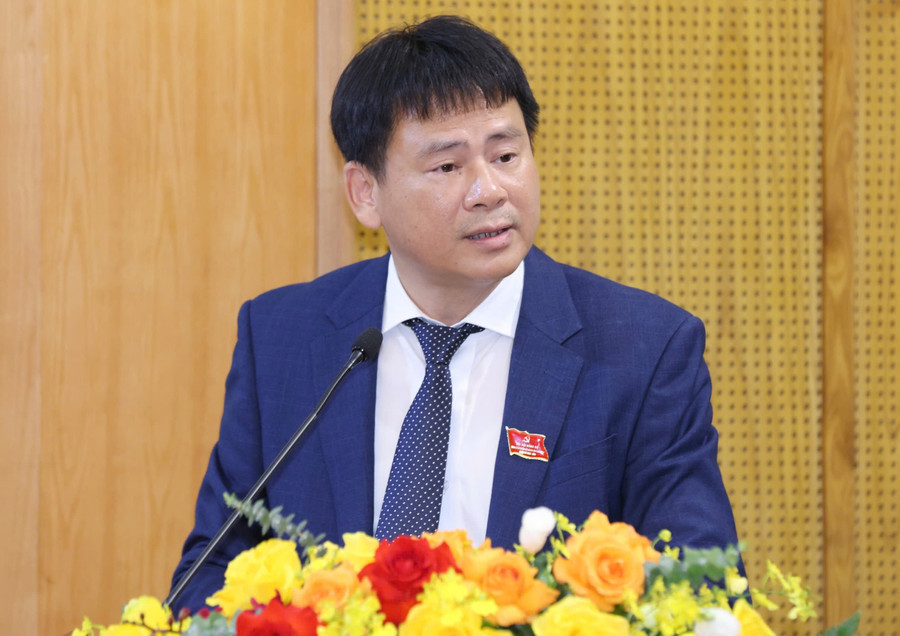
Editorial options
Faced with the need to have a unified set of textbooks nationwide in a short time, many options have been proposed, analyzed and selected. Below are three popular options, mentioned by many scholars and scientists.
Option 1: Compile a completely new set of textbooks, separate from the current sets. The advantage of this method is to create uniformity and consistency from the beginning, and have the opportunity to most fully reflect the innovation directions stated in Resolution 71. However, given the complexity and huge workload, compiling a new set of textbooks within a year is not feasible, posing potential risks to quality.
Option 2: Choose one of the three current textbooks as a basis, then upgrade and modify it into a unified textbook set. This option has the advantage of fully inheriting the philosophy and structure of a set of books, saving time and costs. However, the limitation is that not all subjects in the selected set of books are of good quality, which risks affecting the overall quality of the set of books.
Option 3: Select the best books in each subject from the current textbooks to form a new set of textbooks. You can choose freely by subject, for each grade or add constraints by level, by set to ensure the relative uniformity of the new set of textbooks. This method ensures the quality of each subject, but there is a risk of inconsistency in philosophy, pedagogical style and continuity between levels. For a unified set of textbooks nationwide, this can be considered a significant limitation.
Regardless of the chosen option, the compilation process must ensure objectivity, transparency and scientificity, especially when inheriting the current textbooks. The quality and consistency of the book series must be the number one priority, placed above all else, first and foremost. The innovation policy of Resolution 71 must be fully reflected in the ideology, structure, content, pedagogical methods and learning materials of the entire book series.
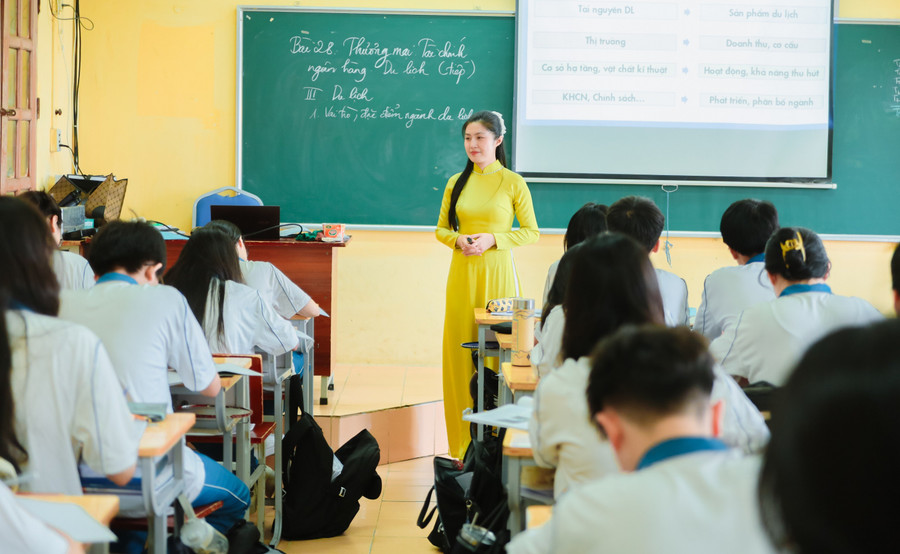
Some requirements
To have a unified set of textbooks that meet the expected quality, it is important to clearly define the principled requirements that govern the entire process of compiling the new set of textbooks. These are not only technical criteria, but also closely linked orientations between the educational development breakthroughs stated in Resolution 71 and each stage and step of the compilation process.
Firstly, the compilation of new textbooks must be based on the updated and completed general education program. This is a prerequisite principle, because textbooks can only be standardized and modernized if they originate from a scientifically adjusted and synchronous program.
Updating and perfecting the program needs to be based on two aspects: (i) Results of practical evaluation after 7 years of implementation, thereby identifying advantages, limitations and inadequacies in content, structure, methods...; (ii) New viewpoints, goals, tasks and solutions of Resolution 71 on general education, especially requirements on comprehensive education of ethics - intelligence - physical fitness - aesthetics, on digital capacity, artificial intelligence, STEM/STEAM, foreign languages and the system of values of Vietnamese people in the new era...
Second, the new set of textbooks must ensure uniformity and standardization nationwide. This is a direct requirement from Resolution 71, overcoming social feedback on the current fragmentation and differences between many sets of textbooks. The uniformity does not only stop at knowledge content, but also includes pedagogical ideology, structure, language, terminology, symbols, illustration systems and output standards on student capacity and qualities. This requirement requires early adjustment and completion of the set of criteria and regulations on textbooks and the work of compiling and appraising general textbooks.
Third, the compilation of new textbooks must ensure selective inheritance. This is an important principle, because the three current textbooks all meet quality requirements, are approved by the Ministry of Education and Training, and are eligible for use in schools. Inheritance also ensures the promotion of the intelligence and experience of the team of authors, Editors-in-Chief, and Editors of each set of books in upgrading and revising them into new textbooks. Compiling a unified set of textbooks requires knowing how to exploit strengths, good approaches, and good content, while boldly eliminating or editing limitations and shortcomings.
Fourth, the new set of textbooks must be modern and updated. Resolution 71 has clearly stated the need to include knowledge about digital capacity, artificial intelligence, STEM/STEAM education as well as increase the time for science, technology, and information technology subjects in the general education program. This requires that the unified set of textbooks must be linked to the requirements of developing technological capacity, creative thinking, problem-solving ability, and international integration. At the same time, the new set of textbooks must be the foundation for developing smart textbooks for smart education.
Fifth, ensuring comprehensiveness and balance. General education, in the spirit of Resolution 71, must develop harmoniously morality, intelligence, physical fitness, and aesthetics, meaning that the new textbooks cannot only focus on academic knowledge. The content of the books must evoke humanistic values, ethics, and social responsibility, while creating conditions for the development of life skills, health, art, and physical fitness. The new textbooks need to be designed to provide space for experiential activities, practical situations, and exercises related to life, to implement the viewpoints of "learning goes hand in hand with practice", "theory is linked to practice", and "school is linked to society".
Sixth, the unified set of textbooks must ensure feasibility and effective implementation. This is a practical requirement. Progress must be fast but not at the expense of quality. The entire compilation process must be organized scientifically, concise but tight, applying digital technology and artificial intelligence to increase productivity, while being transparent and closely monitored. The compilation must also take into account the actual conditions of schools, teachers and students, ensuring that textbooks are close to reality.
Compiling a unified set of textbooks is a particularly important task to realize the breakthrough orientations of Resolution 71 in the field of general education. The success of this task requires the strong direction of the Ministry of Education and Training, the participation of publishers, the dedication of experts, authors, teachers, and the companionship and supervision of the whole society. Each stage - from adjusting the program, reviewing standards, providing guidance, compiling to evaluating - must be carried out scientifically, transparently and synchronously.
Source: https://giaoducthoidai.vn/bien-soan-bo-sgk-thong-nhat-toan-quoc-phai-xac-dinh-nhung-yeu-cau-mang-tinh-nguyen-tac-post751232.html







![[Photo] Prime Minister Pham Minh Chinh chairs the 16th meeting of the National Steering Committee on combating illegal fishing.](https://vphoto.vietnam.vn/thumb/1200x675/vietnam/resource/IMAGE/2025/10/07/1759848378556_dsc-9253-jpg.webp)

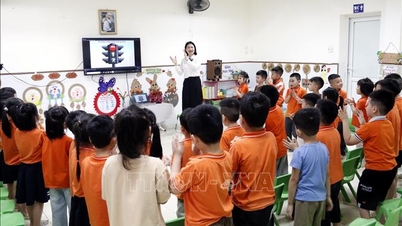

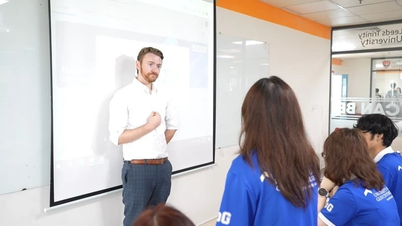
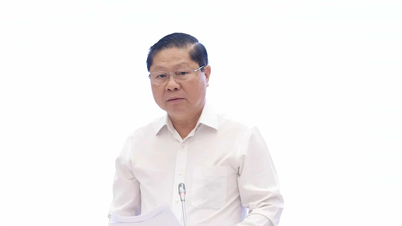
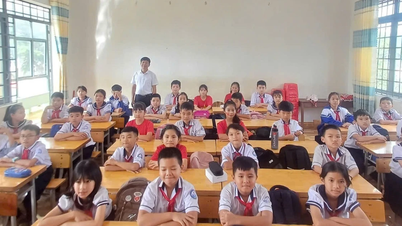
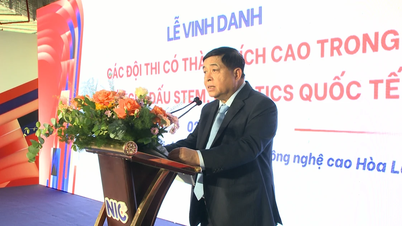















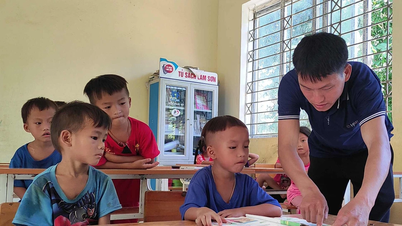
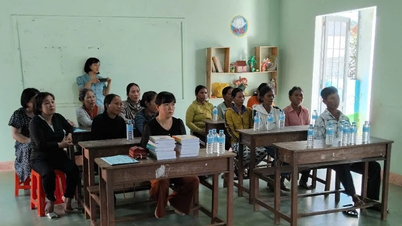

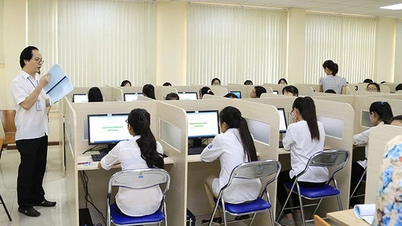























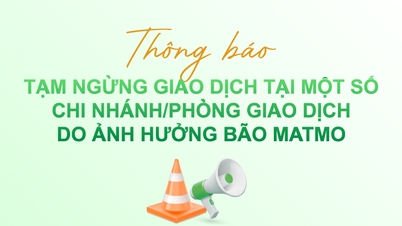

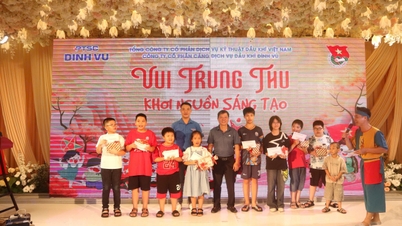





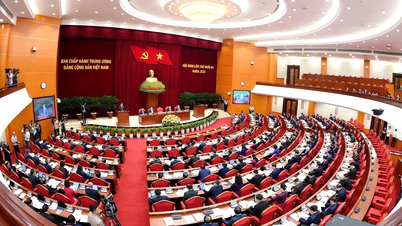









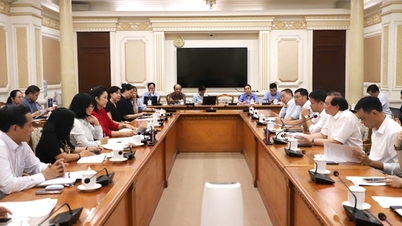










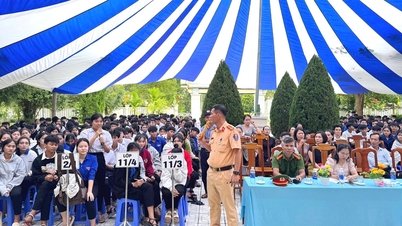















Comment (0)